Learn all about pangolins from why they look so strange to their key unusual adaptations, and where they live in the wild.
What is a pangolin?
Pangolins are a group of Asian and African mammals that are covered in hard scales, curl up into a ball to defend themselves, and are sadly the most heavily trafficked animal in the world. They've got small heads but long snouts and even longer tongues for slurping up ants from inside ant nests, leading some people to call them scaly anteaters.
Pangolin tails are also covered in the same scale armour as the rest of their bodies, but their tails are strong too - some pangolins live in the trees and can use their tail as a fifth limb that's easily strong enough to support their full bodyweight.
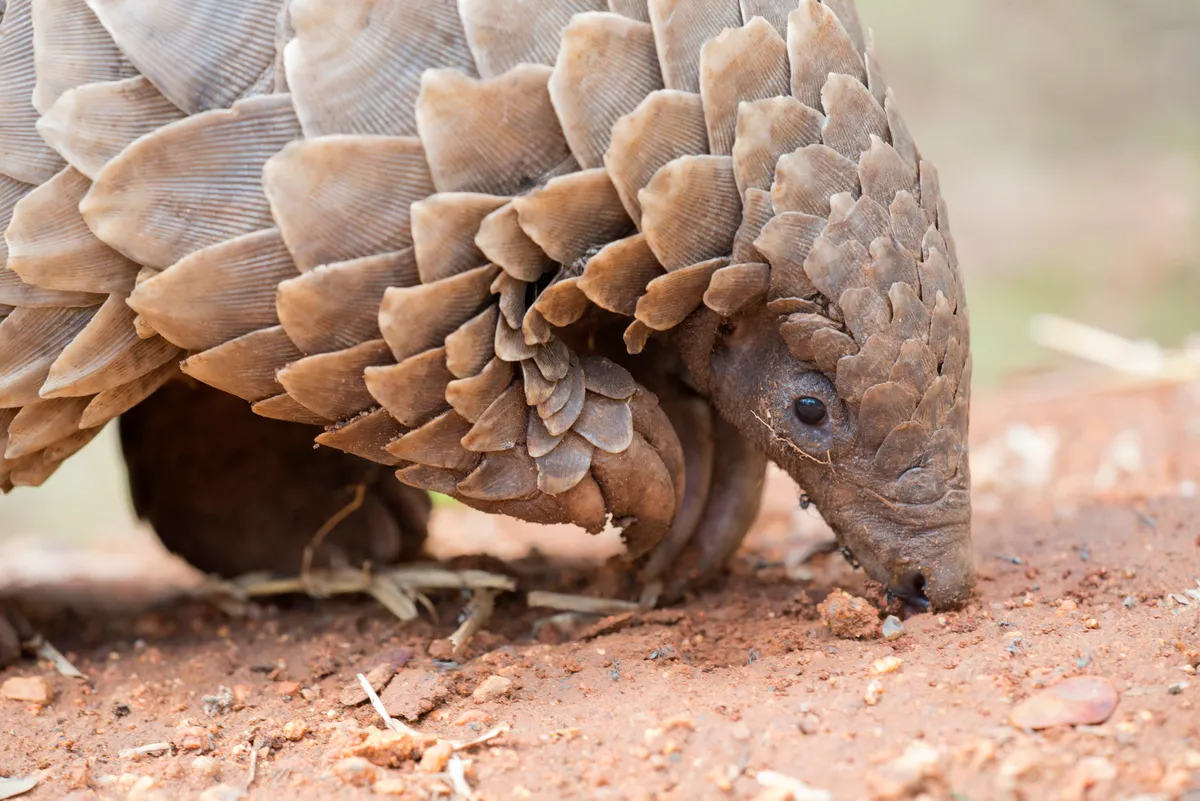
How big are pangolins?
Their size depends very much on species but they range from around 114cm to 137 cm long.
How many species of pangolin are there?
There are eight pangolin species, four Asian and four African - though fossil evidence suggests that they evolved in Europe.
- Chinese pangolin, Manis pentadactyla
- Indian pangolin (also known as thick-tailed pangolin), M. crassicaudata
- Sunda pangolin (all known as Malayan pangolin), M.
- Philippine pangolin, M. culionensis
- Tree pangolin (also known as white-bellied pangolin), Phataginus tricuspis
- Long-tailed pangolin (also known as black-bellied pangolin), P. tetradactyla
- Giant pangolin (also known as giant ground pangolin), Smutsia gigantica
- Cape pangolin (also known as ground pangolin, Temminck's ground pangolin, South African pangolin or steppe pangolin), S. temminckii
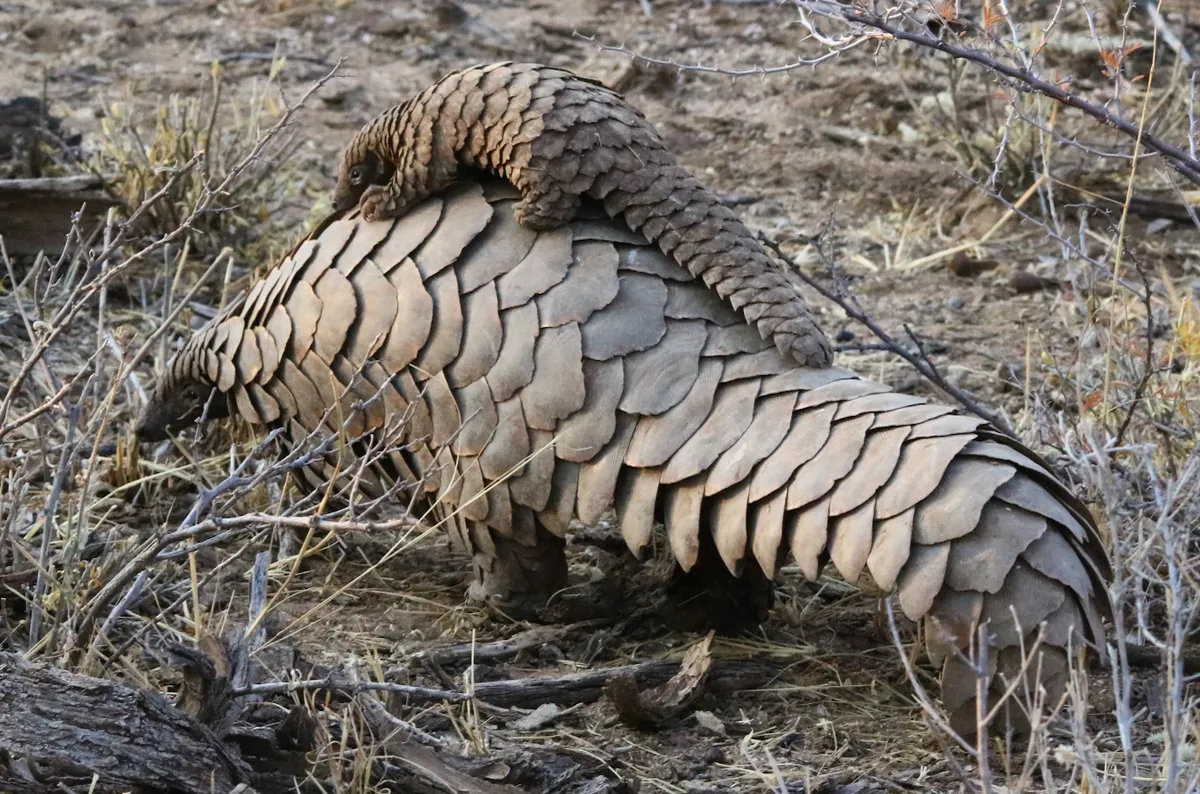
Are pangolins endangered?
All eight species are threatened with extinction, and are listed on the IUCN Red List as either Vulnerable, Endangered or Critically Endangered.
- Chinese pangolin - Critically Endangered
- Indian pangolin - Endangered
- Sunda pangolin - Critically Endangered
- Philippine pangolin - Critically Endangered
- Tree pangolin - Endangered
- Long-tailed pangolin - Vulnerable
- Giant pangolin - Endangered
- Cape pangolin - Vulnerable
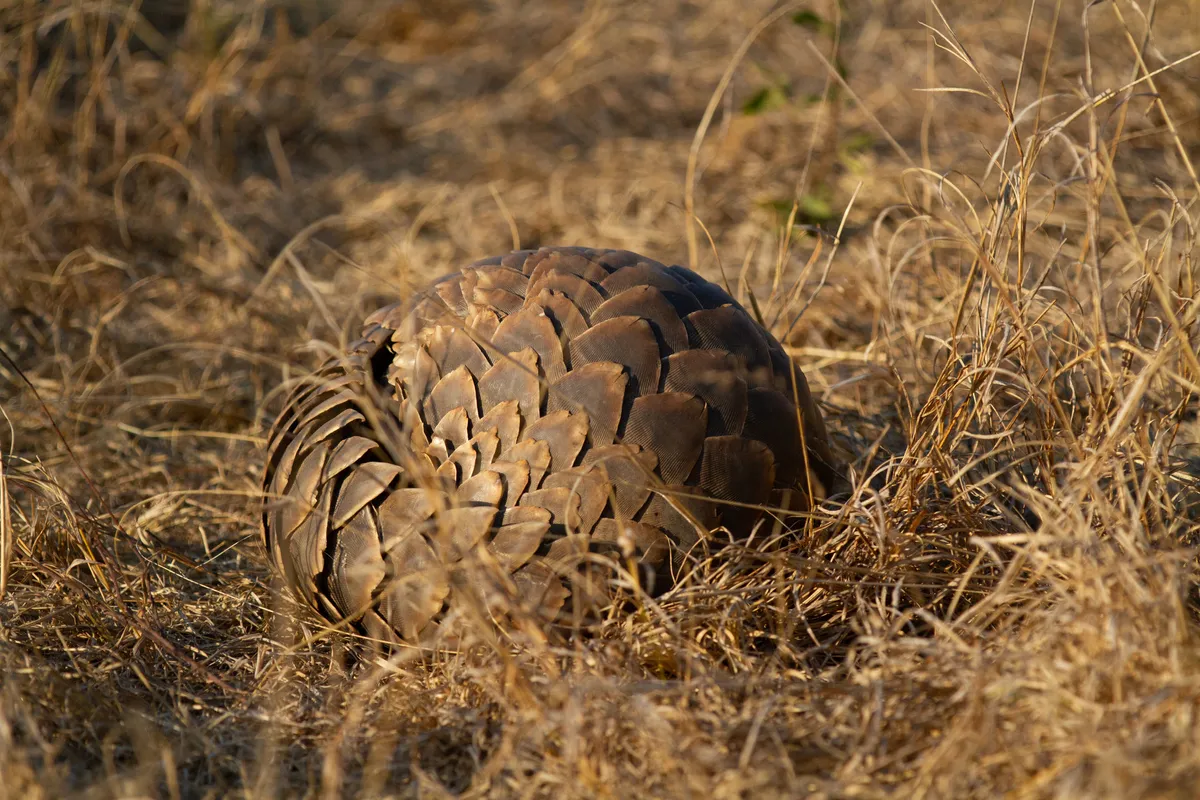
Why are pangolins endangered?
Pangolins are hunted for meat, for use in traditional medicine and as fashion accessories, particularly in China and Vietnam. The large-scale illegal trade in Asian pangolins is drastically driving down their numbers, and pangolin trafficking is now huge (and illegal) business.
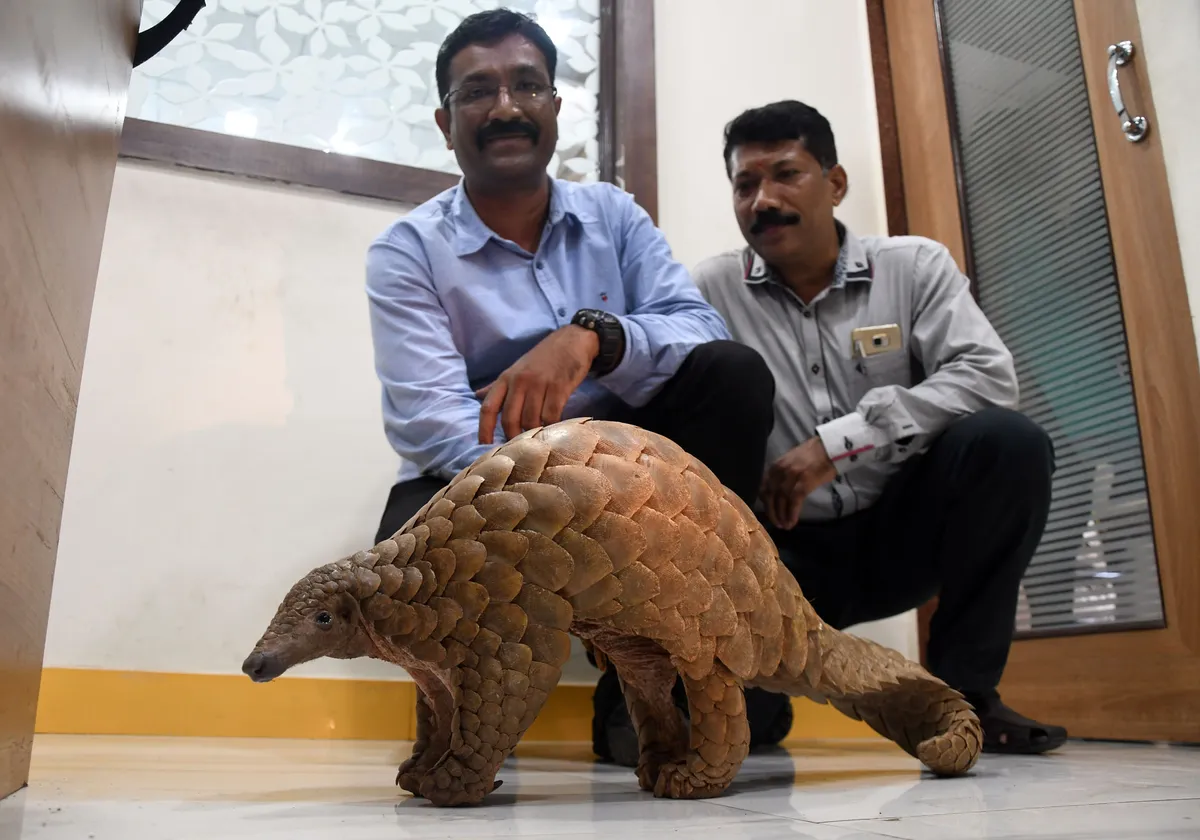
Even though pangolin scales are made of exactly the same stuff as your fingernails, they are being slaughtered by their thousands because some people believe that their scales have magical medicinal properties.
In 2017, the government of Cameroon burned 8 tonnes of confiscated pangolin scales, which works out at around 15000 murdered animals.
You can read more about the burning here.
What are pangolin scales made of?
Pangolin scales are made of keratin, just like our finger nails, and make up 20% of their body weight.
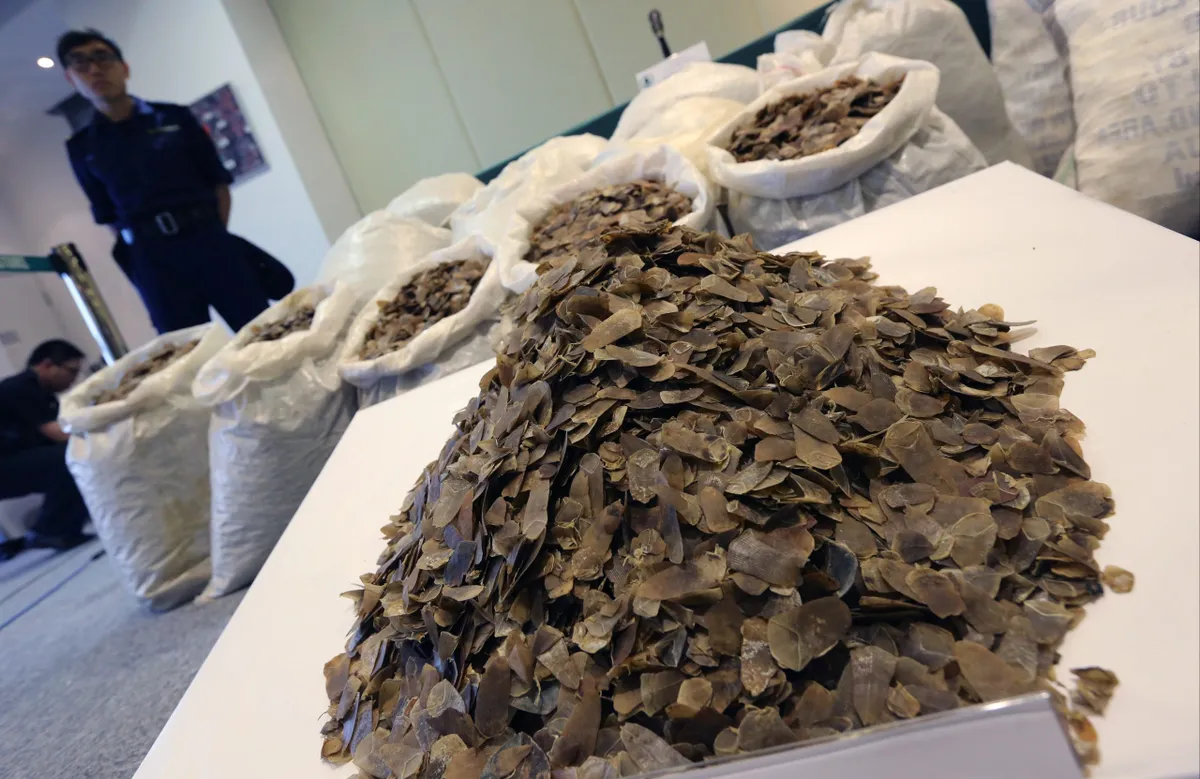
Are pangolins the only mammals with scales?
The pangolin’s closest relatives are carnivores, but pangolins are the only mammals that are covered in scales.
Most of a pangolin's head and tail are covered in horny, sharp and overlapping scales - the exceptions are the sides of the face, the inner parts of the legs, the throat and the belly. Like hair, the scales carry on growing throughout the animal's life, though they are ground down when it digs and burrows in search of food.
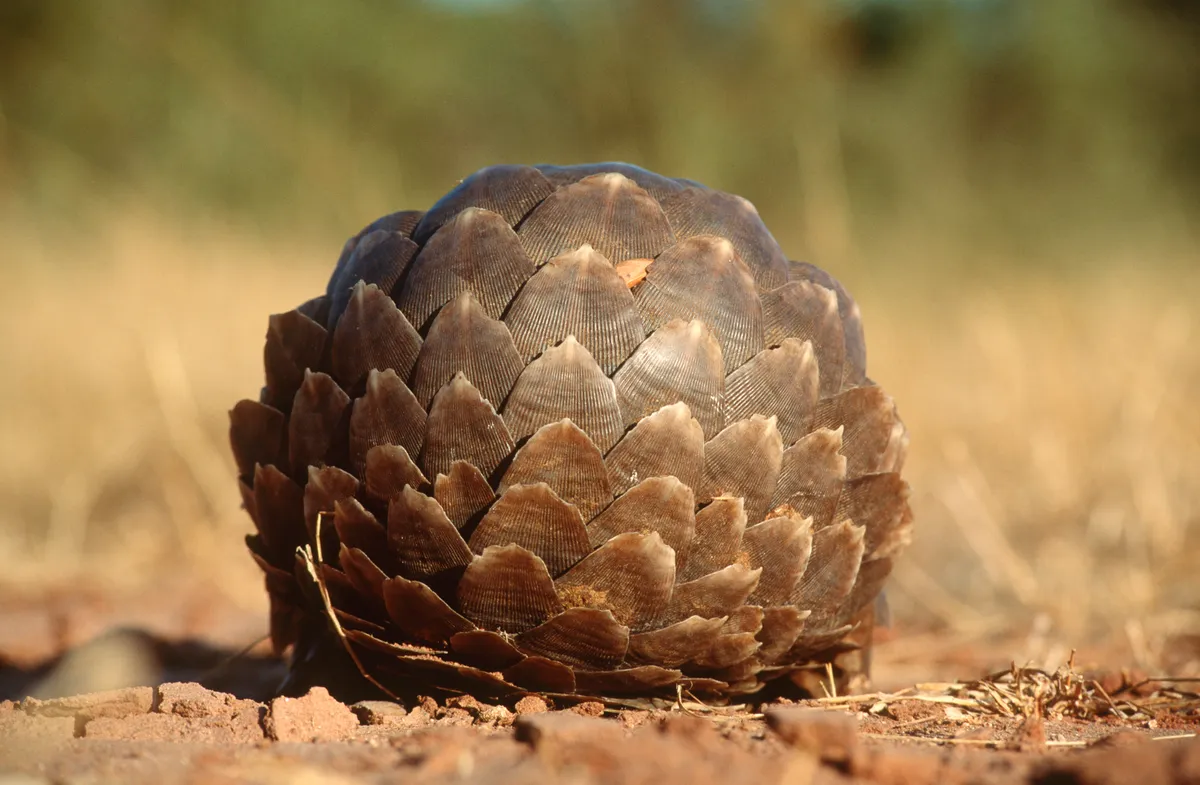
What does pangolin mean?
The word ‘pangolin’ comes from the Malay word ‘penggulung’, which means ‘one that rolls up’. When it is threatened, a pangolin will curl itself into a tight ball, which is impenetrable to predators.
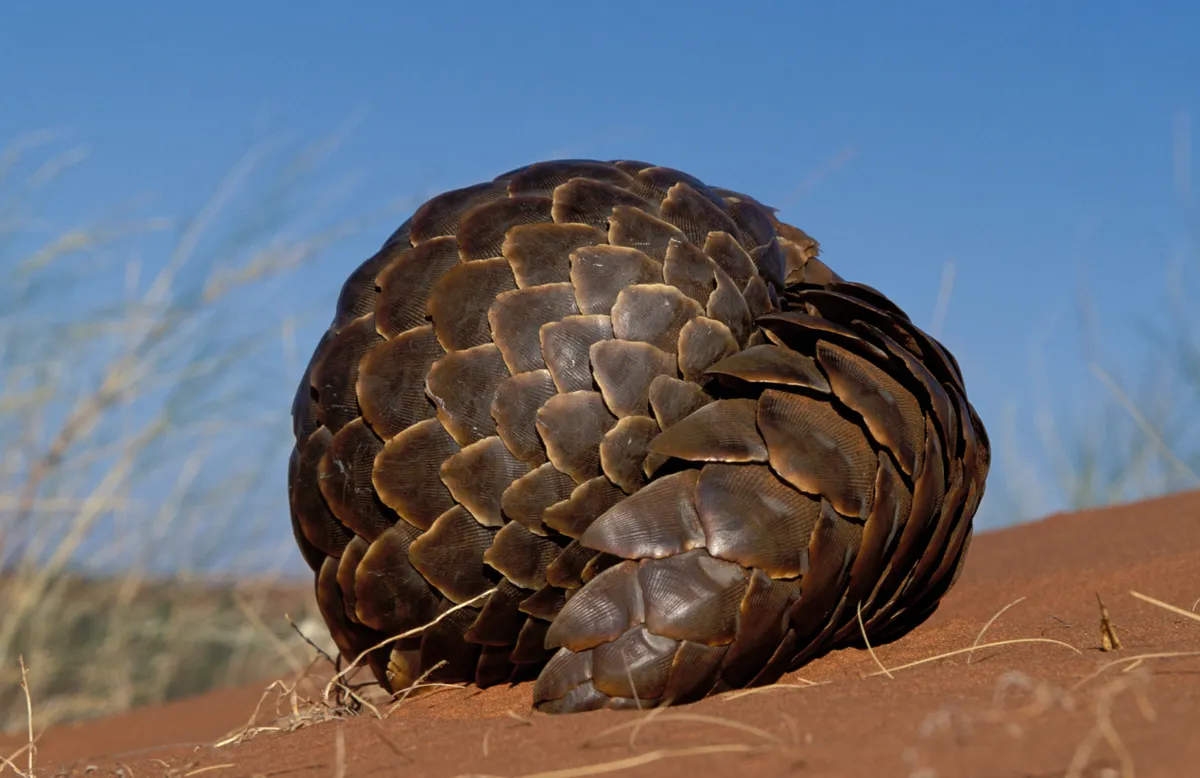
What do pangolins eat?
Pangolins mostly eat ants and termites, although they will eat a few other invertebrates as well. A single pangolin can consume up to 20,000 ants a day. That’s about 73 million ants a year!
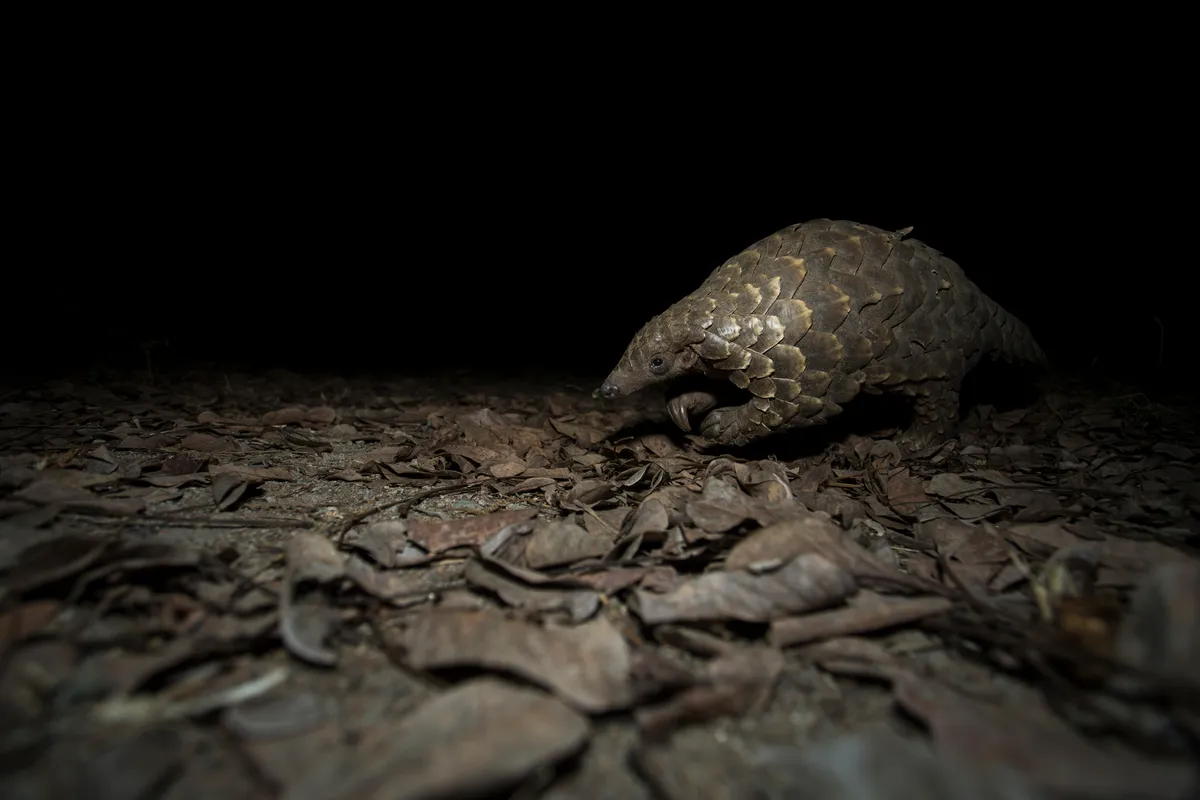
Does anything predate pangolins?
Pangolins are so well protected by their scales that very few predators are able to kill them. Typically the only predators that are able to eat pangolins are large cats like leopards, tigers and lions, but other powerful animals like hyenas can also sometimes break through.
But it's not at all unusual for a pangolin's scales to prove impenetrable, and a pride of lions will walk away from an unharmed pangolin after they've been unsuccessful for a while, leaving the pangolin to trundle away to safety.
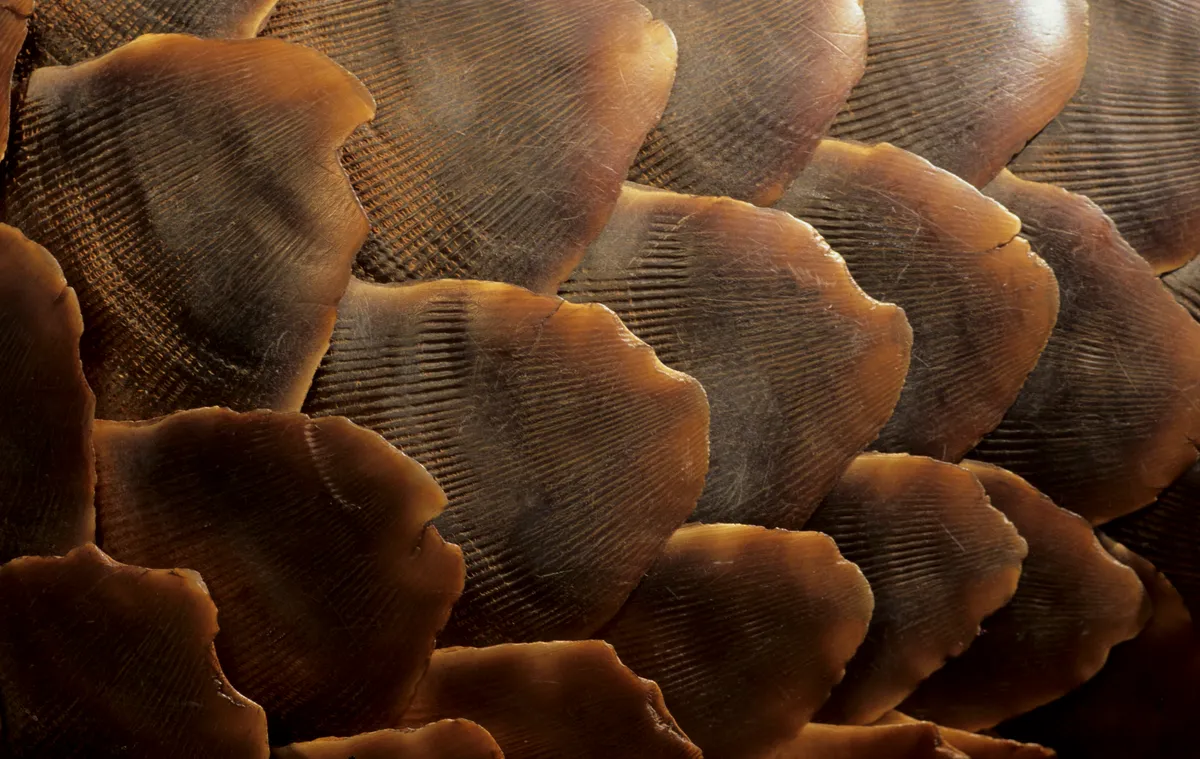
What adaptations do pangolins have?
One of a pangolin's more unusual adaptations to their ant-eating lives is that they can close their ears and nostrils using strong muscles, which helps protect them from ant attacks. What's even more surprising about this is that pangolins use their noses to find ants in the first place, so it's nostrils open for hunting and nostrils closed for eating.
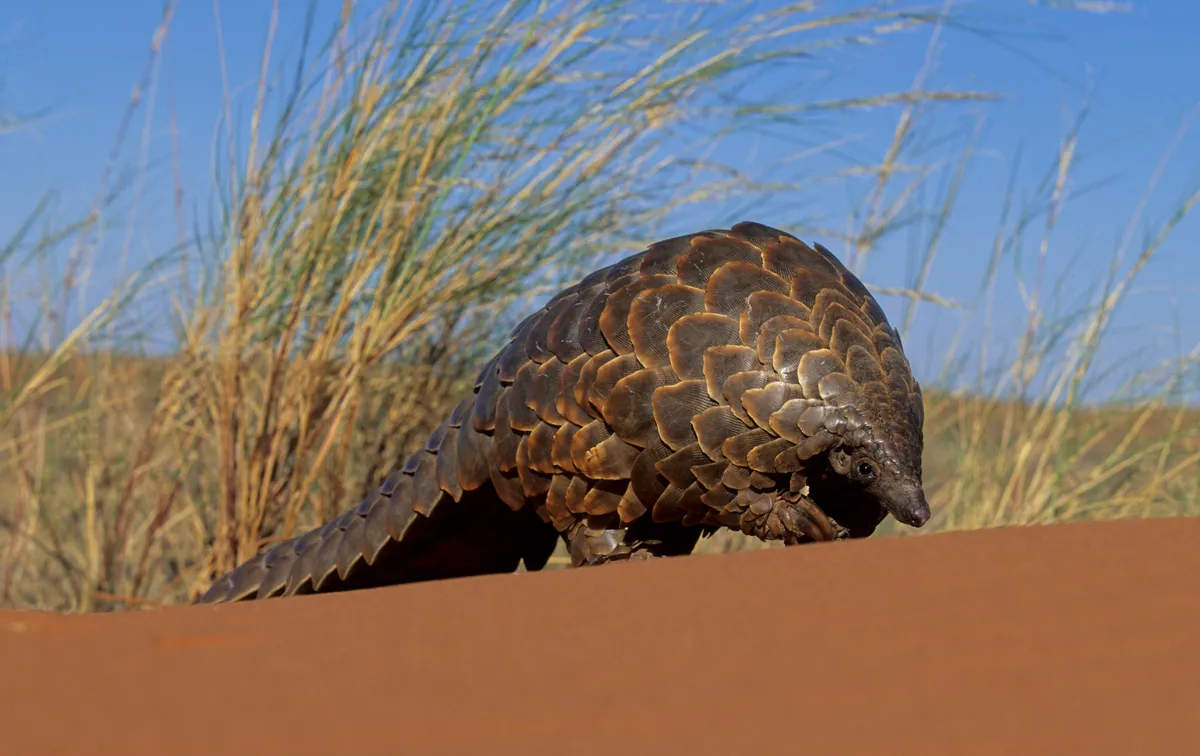
How many vertebrae do pangolins have?
Pangolins are also unique in another way, as they have more vertebrae than any other animal. The species that are arboreal (white- and black-bellied, Indian, Philippine and Sunda pangolins) have semi-prehensile tails for climbing trees. Females use their tails to carry their young, too. The black-bellied pangolin's tail has 46 or 47 vertebrae - the most of any animal.

How long is a pangolin's tongue?
Pangolins have long, sticky tongues, which are often longer than their body and attached near its pelvis and last pair of ribs. And they need to be long to reach far inside ant nests. If a pangolin fully extends its tongue, it is longer than the animal’s head and body - some pangolin tongues are over 40cm long!
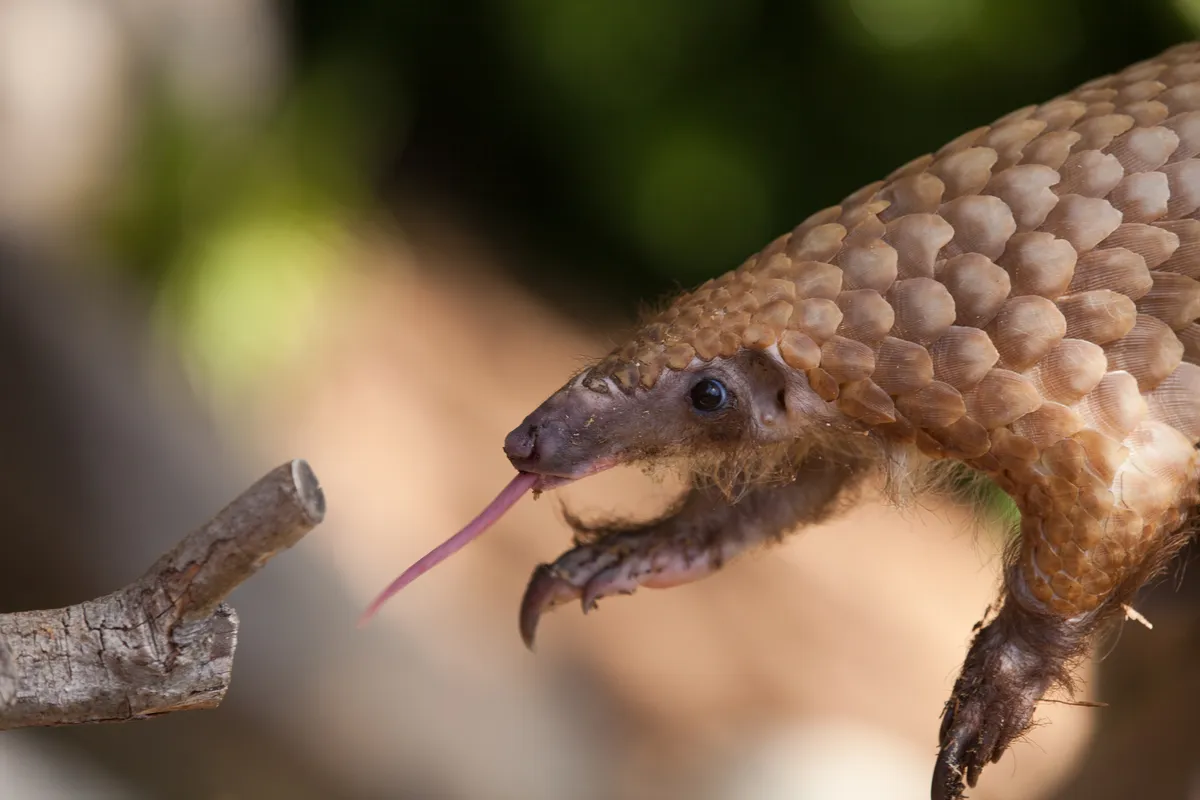
What do pangolins smell like?
Pangolins don't smell great! Special glands near the pangolin's anus secrete a pungent fluid that is used for both marking territory and defence, not dissimilar to a skunk.
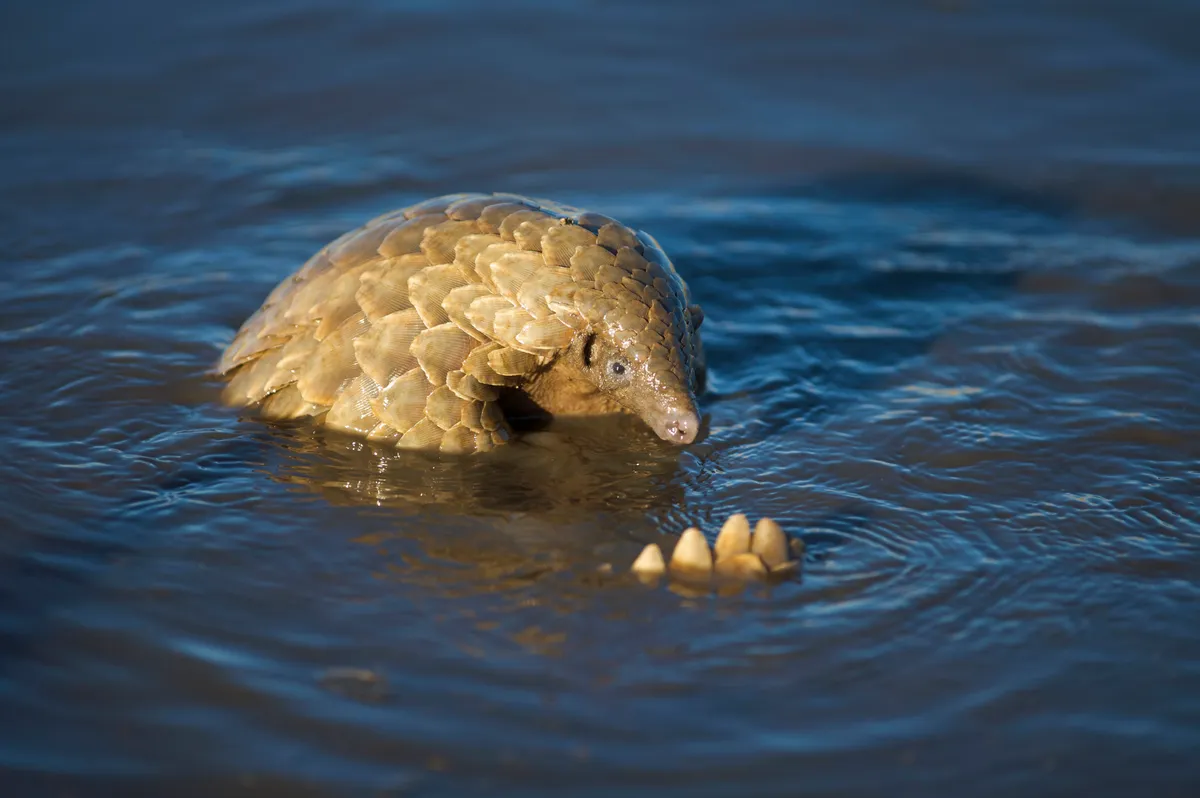
Why do pangolins swallow stones?
Pangolins don't have teeth, so they can’t chew. Instead, they have keratinous spines in their stomach and swallow stones that help them grind up their food in much the same manner as a bird’s gizzard.
Do pangolins have claws?
Pangolins have three claws on each foot. These tools enable the pangolin to rip into ant and termite nests, and help arboreal species to climb trees.
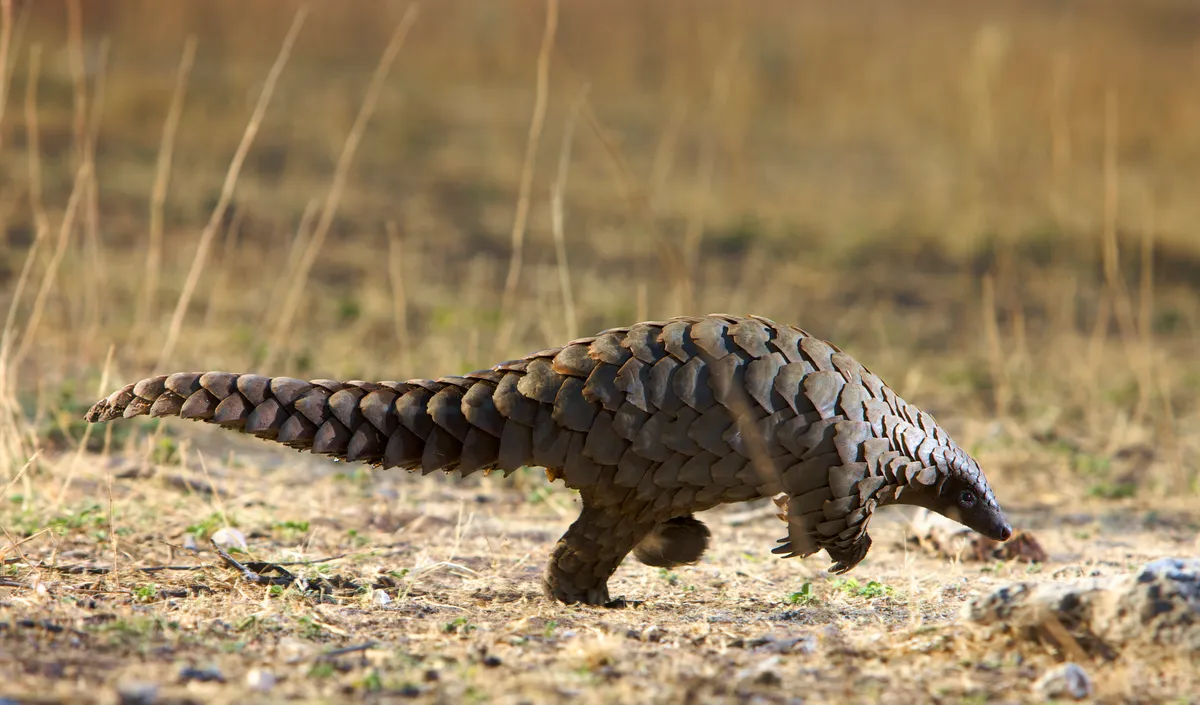
When is World Pangolin Day?
World Pangolin Day is on the third Saturday of February every year, and it's a great opportunity to raise awareness about these incredible mammals and the threats that they face.

Main image: Long-tailed (black-bellied) pangolin in Cameroon. © Fabian von Poser/Getty